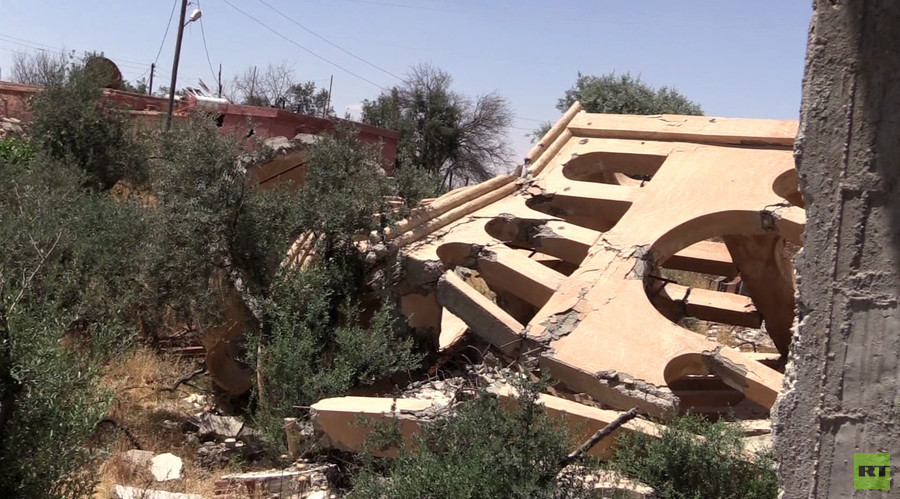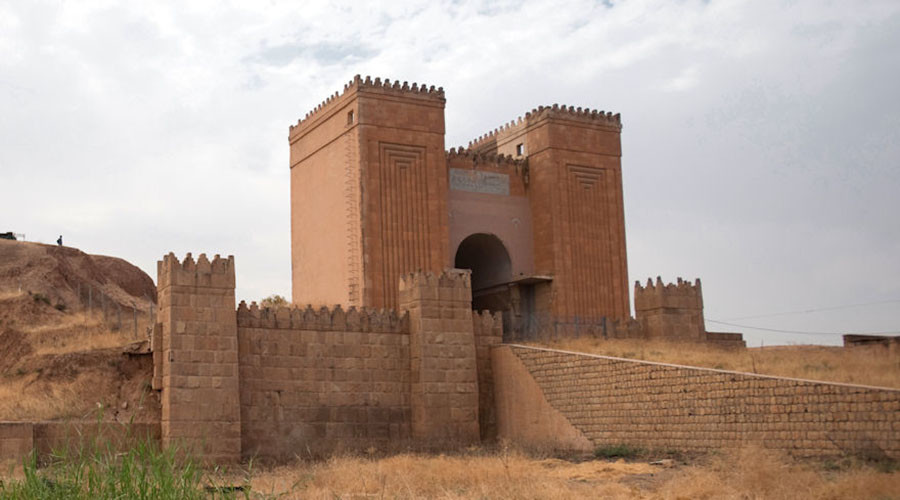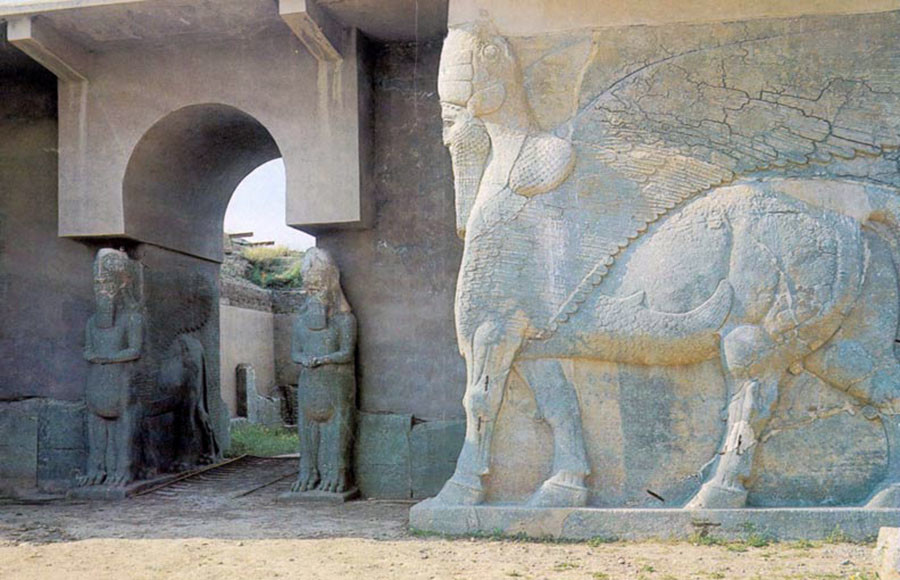War on Christianity Lost in Turkish Cyprus
by Uzay Bulut
"Turkey has been committing two major international crimes against Cyprus. It has invaded and divided a small, weak but modern and independent European state... Turkey has also changed the demographic character of the island and has devoted itself to the systematic destruction and obliteration of the cultural heritage of the areas under its military control." — from "The Loss of a Civilization: Destruction of cultural heritage in occupied Cyprus."
"More than 550 Greek Orthodox churches, chapels and monasteries located in towns and villages of the occupied areas, have been pillaged, deliberately vandalized and, in some cases, demolished. Many Christian places of worship have been converted into mosques, depots of the Turkish army, stockyards and hay barns." — Cyprus Ministry of Foreign Affairs.
"UNESCO considers the intentional destruction of cultural heritage a war crime." — Artnet News, 2017.
After Turkey invaded and occupied northern Cyprus (1974), ancient mosaics were stolen from the
Church of Panagia Kanakaria (pictured), which is located in the Turkish-occupied zone.
The mosaics were later discovered in the United States and returned to Cyprus in 1989.
(Image source: Julian Nitzsche/Wikimedia Commons)
A sixth-century mosaic of Saint Mark, stolen from a church after Turkey's military invaded Cyprus in 1974, was recently recovered in a Monaco apartment and returned to Cypriot officials. The ancient masterpiece was described by Arthur Brand, the Dutch investigator who located it, as "one of the last and most beautiful examples of art from the early Byzantine era."
Many other cultural Cypriot relics, from churches and other sites, were stolen from Cyprus by Turkish invaders and smuggled abroad. Some were recovered and returned in the past. In 1989, mosaics stolen from the Church of Panagia Kanakaria, discovered in the United States, were returned to Cyprus.
In the summer of 1974, Turkey mounted two major military campaigns against Cyprus and occupied the northern part of the island (which Turkey now calls the "Turkish Republic of Northern Cyprus," recognized only by Turkey). Since the Turkish invasion, much information has emerged not only about the atrocities committed against the Cypriots, but also of the destruction of historic, cultural and religious monuments.
According to a 2012 report, "The Loss of a Civilization: Destruction of cultural heritage in occupied Cyprus":
"Turkey has been committing two major international crimes against Cyprus. It has invaded and divided a small, weak but modern and independent European state (since May 1, 2004 the Republic of Cyprus has been a member of the EU); Turkey has also changed the demographic character of the island and has devoted itself to the systematic destruction and obliteration of the cultural heritage of the areas under its military control...
"This is one of the most tragic aspects of the Cyprus problem and is also clear proof of the determination of Ankara to 'Turkify' the occupied area and to maintain a permanent presence in Cyprus.
"The occupying power and its puppet regime, from 1974 until today, have been working methodically to erase everything that is Greek and/or Christian from occupied Cyprus..."
A 2015 United States Library of Congress report confirmed the report:
"Foreign archaeological teams that were engaged in excavations in Cyprus were forced to discontinue their work after the 1974 events. Their valuable findings have been looted and the teams have not been able to return and resume their excavations.
"According to some estimates, through illegal excavations in the northern part of Cyprus, more than 60,000 Cypriot artifacts have been stolen and exported abroad to be sold in auction houses or by art dealers. The example of an ancient site dating from Neolithic times at the Cape of St. Andreas illustrates this point. The site, which had already been excavated under the aegis of the Department of Archaeology prior to 1974, was later damaged by the Turkish armed forces during the installation and hoisting of the flags of Turkey and the 'TRNC [Turkish Republic of Northern Cyprus].'"
In 2016, a report by the Cypriot Ministry of Foreign Affairs noted that:
"More than 550 Greek Orthodox churches, chapels and monasteries located in towns and villages of the occupied areas, have been pillaged, deliberately vandalized and, in some cases, demolished. Many Christian places of worship have been converted into mosques, depots of the Turkish army, stockyards and hay barns. This fact clearly proves that the religious heritage in the occupied areas has been the target of the occupation regime as part of its policy to eradicate the cultural character of the area. Moreover, important cultural monuments and places of worship continue to be completely inaccessible because they are located within the 'military zones' of the Turkish occupation army...
"The destruction is not limited to the monuments belonging to the Church of Cyprus, but also extends to religious monuments belonging to the Orthodox Patriarchate of Jerusalem and to the Armenian, Maronite and Catholic Churches of Cyprus, as for example the Armenian Monastery Sourp Magar in Halefka and the Maronite Monastery of Prophet Elias in Skylloura."
A 2017 article for Artnet, detailing atrocities committed by the Islamic State (ISIS) against relics in museums, mosques, churches and archaeological sites in Syria and Iraq, says that "UNESCO considers the intentional destruction of cultural heritage a war crime."
Meanwhile, Turkey -- which has been committing the intentional destruction of occupied Cyprus's cultural heritage for more than four decades -- remains a member of NATO and a candidate for membership in the European Union. This is a situation that the West must force Turkey to address -- and not only when an individual piece of looted art, such as the mosaic of Saint Mark, happens to be rescued.
Uzay Bulut, a Turkish journalist, is a Distinguished Senior Fellow at Gatestone Institute. She is currently based in Washington D.C.
Turkish occupied Cyprus is north and east of the dashed lines





